Walking through Padua feels like stepping into a living textbook where history and youth collide. This charming Italian city in Veneto, often overshadowed by Venice and Florence, is home to the University of Padua – one of the oldest academic institutions in the world, founded in 1222. The university’s presence infuses the entire city with a vibrant energy as over 70,000 students fill its ancient streets. They create a unique atmosphere where centuries-old learning traditions meet modern college-town vibes.
I found myself captivated by Padua’s dual identity – a place where Galileo once taught while today’s students zip by on bicycles. The city’s nickname “The Brain of Veneto” couldn’t be more fitting. As I wandered through the narrow streets and canal-lined neighborhoods, I noticed how the academic spirit touches everything here. Historical cafes buzz with philosophical debates while Renaissance architecture stands as a backdrop to impromptu student gatherings.
My favorite discovery was how this ancient university town balances its deep scholarly roots with an undeniably youthful pulse. One moment I’m standing in the same lecture hall where Galileo made astronomical history, and the next I’m joining locals at a bustling market or relaxing at a canal-side café filled with students. Padua offers a rare travel experience where you can absorb centuries of learning traditions while enjoying the energetic atmosphere that only a university town can provide.
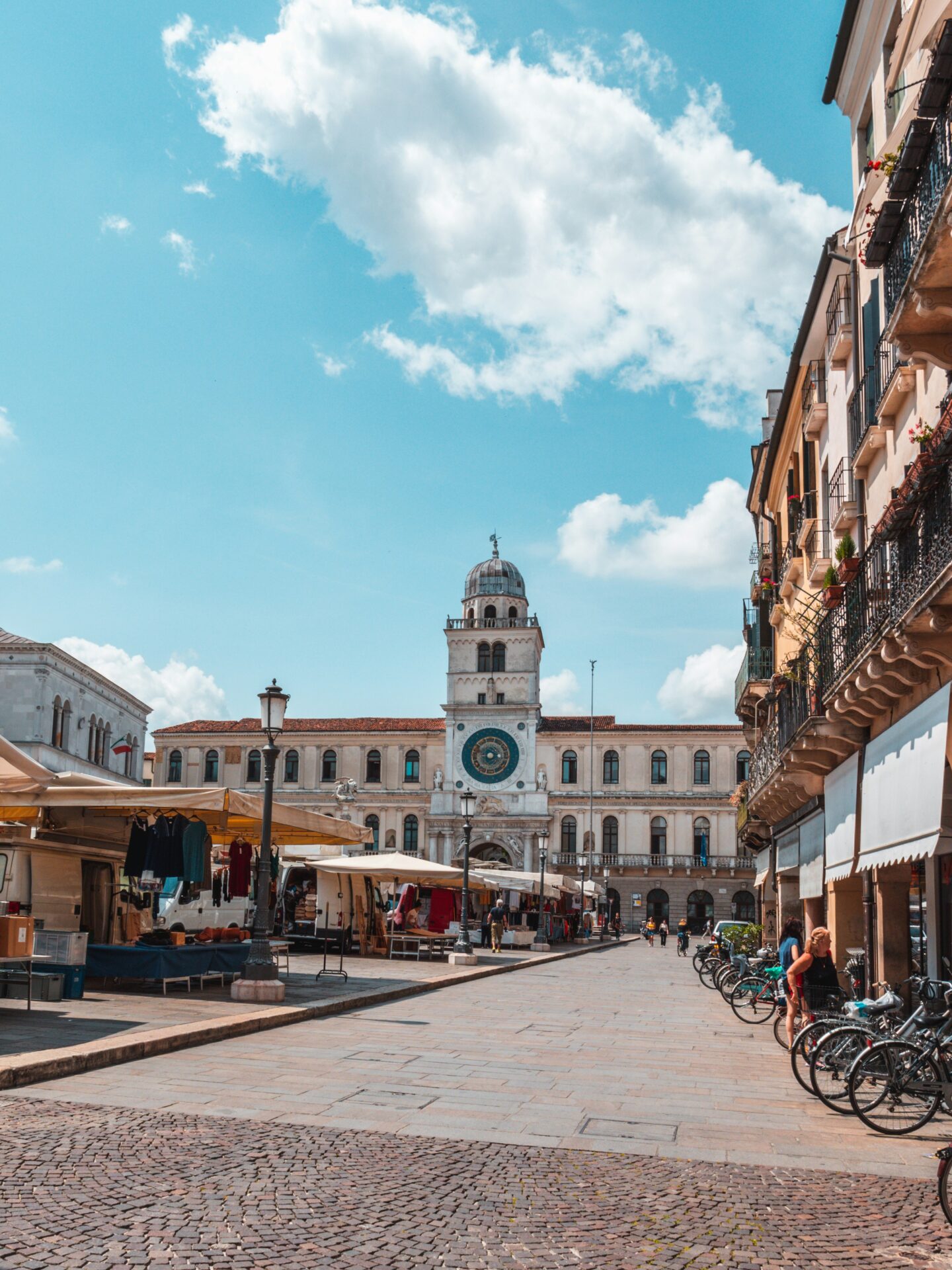
A Glimpse into the Historic Heart of Padua
Walking through Padua feels like stepping into an open-air museum where centuries of history blend with vibrant student life. The city’s ancient streets tell stories of intellectual revolution while its piazzas showcase architectural marvels from bygone eras.
Embracing the Renaissance Spirit
I love wandering through Padua’s historic center where Renaissance influence is unmistakable. The city’s cobblestone streets lead to magnificent squares like Piazza delle Erbe and Piazza dei Signori, where locals have gathered for centuries.
Padua’s Scrovegni Chapel houses Giotto’s masterful frescoes, a UNESCO World Heritage treasure that left me speechless when I first visited. The vibrant colors and revolutionary perspective techniques have survived since the early 1300s.
The Bo Palace, the main building of Padua University, features the world’s oldest anatomical theater where I imagined early medical students gathering around for dissections that changed scientific understanding forever.
What makes Padua special is how these Renaissance jewels remain living parts of the city, not just museum pieces. Students still debate in the same courtyards where Galileo once taught.
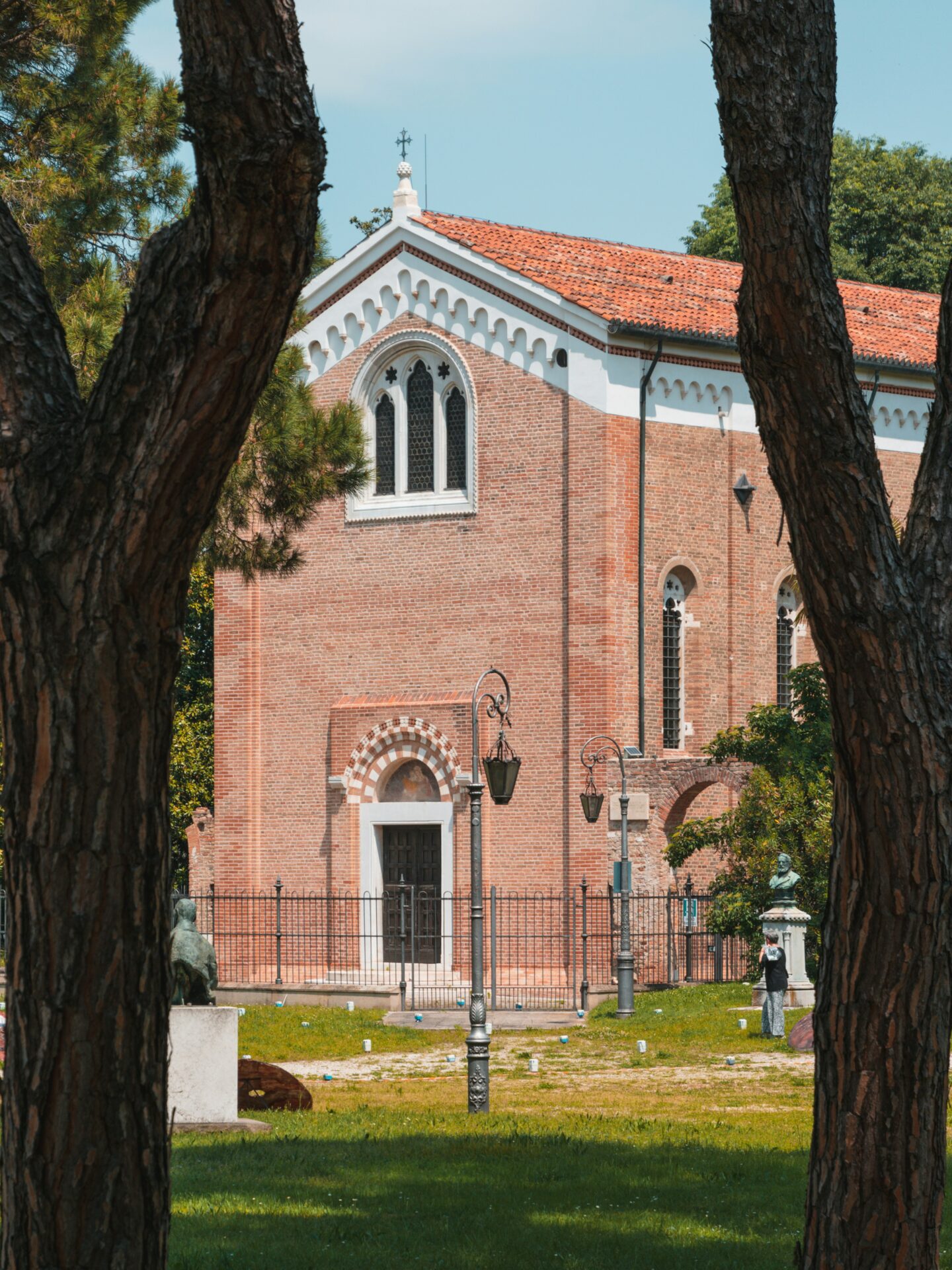
Jewels of the Venetian Republic
During my exploration of Padua, I discovered how deeply the city’s character was shaped by its time as part of the powerful Venetian Republic. The elegant Palazzo della Ragione dominates the city center with its impressive 13th-century great hall.
The city walls and gates, particularly Porta Altinate, remind me of Padua’s strategic importance to Venice. These defensive structures now frame charming entrances to the historic center.
I always recommend visiting the Prato della Valle, Italy’s largest square. This elliptical plaza with its 78 statues and central island surrounded by a canal showcases classic Venetian urban planning on a grand scale.
Padua’s historic cafés, like the famous Caffè Pedrocchi, offer perfect spots to rest while admiring architecture that blends Venetian Gothic with later influences. I love sipping coffee here while watching university students rush past centuries-old columns.
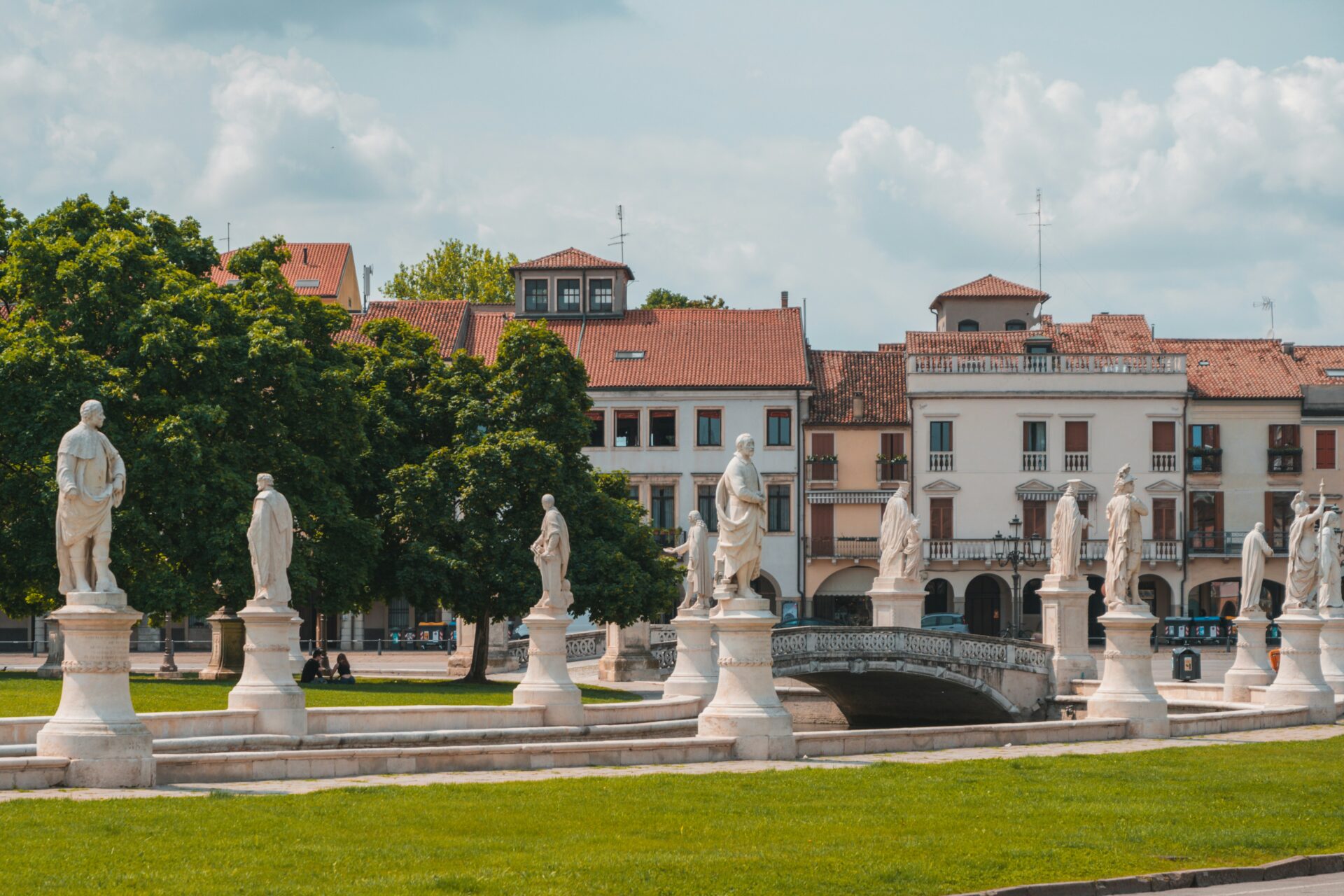
University of Padua: Beacon of Knowledge
The University of Padua stands as one of Europe’s oldest centers of learning, founded in 1222 and continuing its legacy of academic excellence for over 800 years. This historic institution has shaped countless minds and scientific discoveries while remaining deeply intertwined with the fabric of the city itself.
In the Footsteps of Galileo and Kepler
Walking through the University of Padua feels like stepping through pages of a science history book. I was awestruck standing in the same halls where Galileo Galilei taught for 18 years. It was here that he developed many of his revolutionary ideas about physics and astronomy.
The university also shares connections with Johannes Kepler, whose work built upon the scientific foundation established at Padua. While Harvard University may claim American prestige, Padua was flourishing centuries earlier.
What impressed me most was the Aula Magna with its thousands of student crests decorating the walls. This tradition of academic freedom fostered an environment where scientific understanding could advance beyond religious constraints.
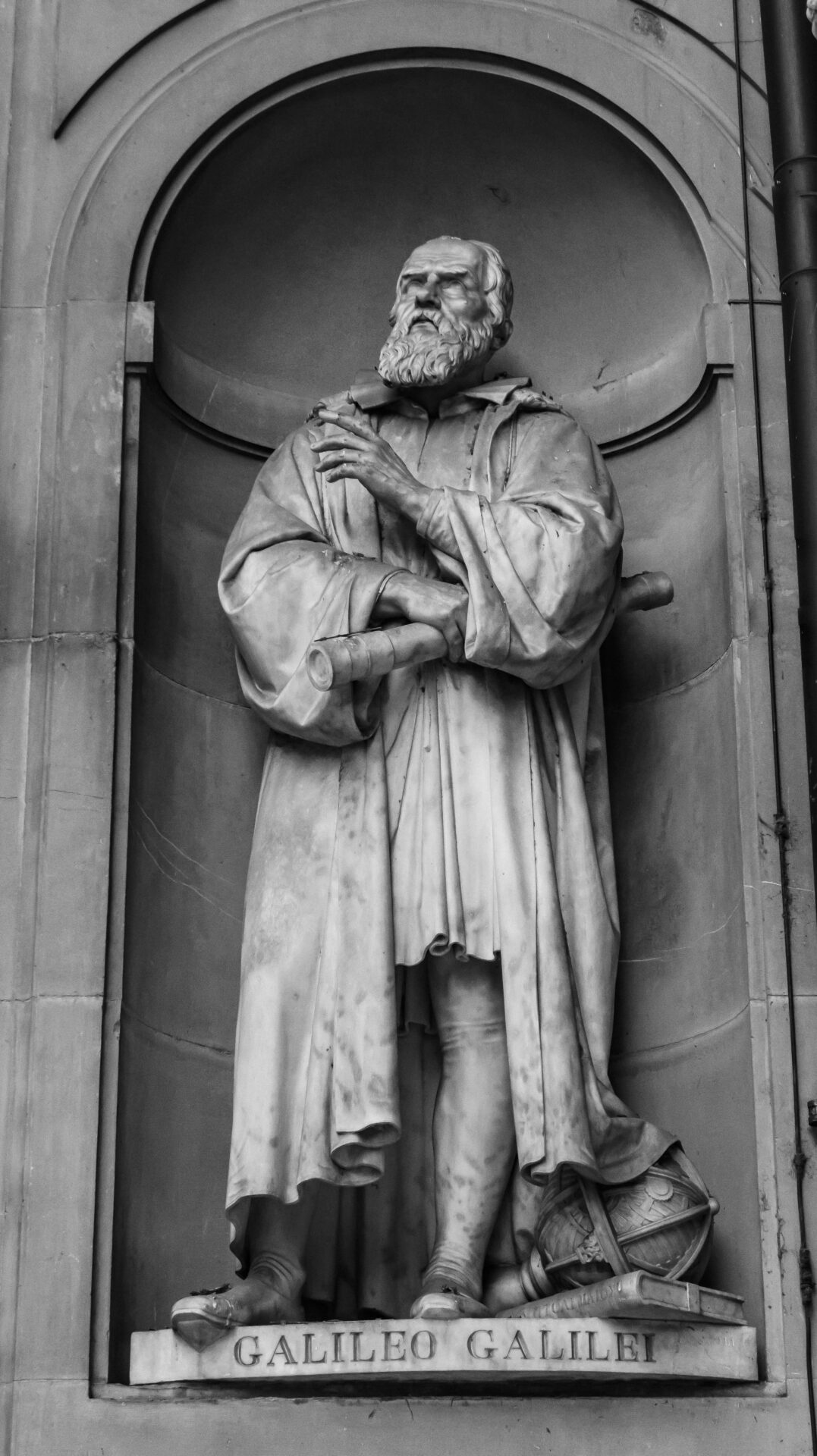
Legal and Medical Milestones
Padua’s contributions to medical science are truly groundbreaking. The university houses the world’s first permanent anatomical theater, built in 1594, where I watched in fascination imagining early dissections that revolutionized our understanding of the human body.
Medical training at Padua set standards that influenced programs worldwide. The anatomical studies conducted here helped establish modern medical practices and teaching methods.
The university’s law school similarly helped shape European legal thought. Walking through the ancient law faculty, I could feel the weight of centuries of legal scholarship that influenced modern justice systems.
Padua was also remarkably progressive for its time, awarding degrees to women when most institutions wouldn’t consider it. Elena Lucrezia Cornaro Piscopia became the first woman to receive a university doctorate here in 1678.
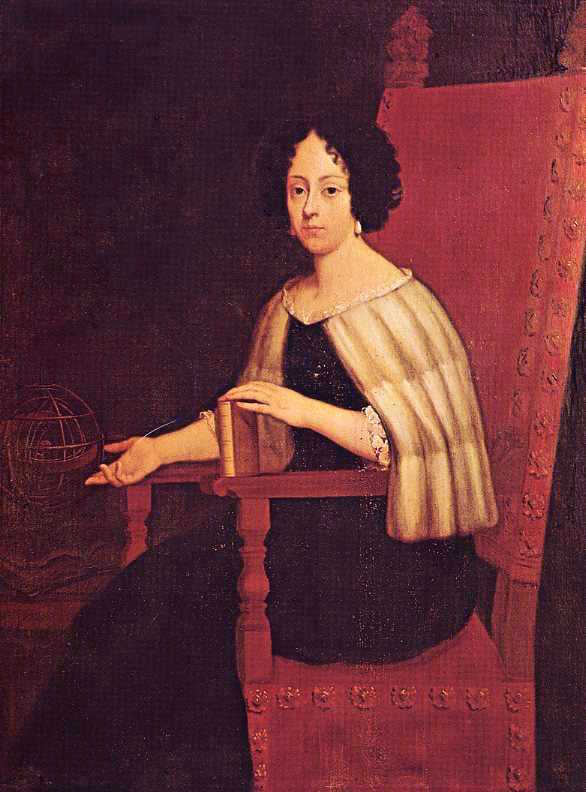
Cultural and Intellectual Influences
Padua’s academic landscape has shaped European thought for centuries, establishing itself as a cornerstone of Renaissance learning and scientific advancement. The city’s intellectual traditions continue to echo through its ancient streets and university halls.
The Legacy of Paduan School
Walking through Padua today, I can still feel the intellectual energy that made this city famous during the Renaissance. The Paduan School emerged as one of Europe’s most influential centers of learning in the 14th century. What struck me most was how the university attracted scholars from across Europe, challenging medieval thinking with new approaches to medicine and science.
The anatomical theater in the Palazzo Bo, where I watched students gather just as they did 500 years ago, represents the school’s revolutionary approach. Here, professors performed public dissections that transformed our understanding of the human body.
Galileo Galilei taught here for 18 years, developing his groundbreaking theories while protected by the university’s relative academic freedom. The city’s intellectual environment fostered innovations that would later reshape European thought.
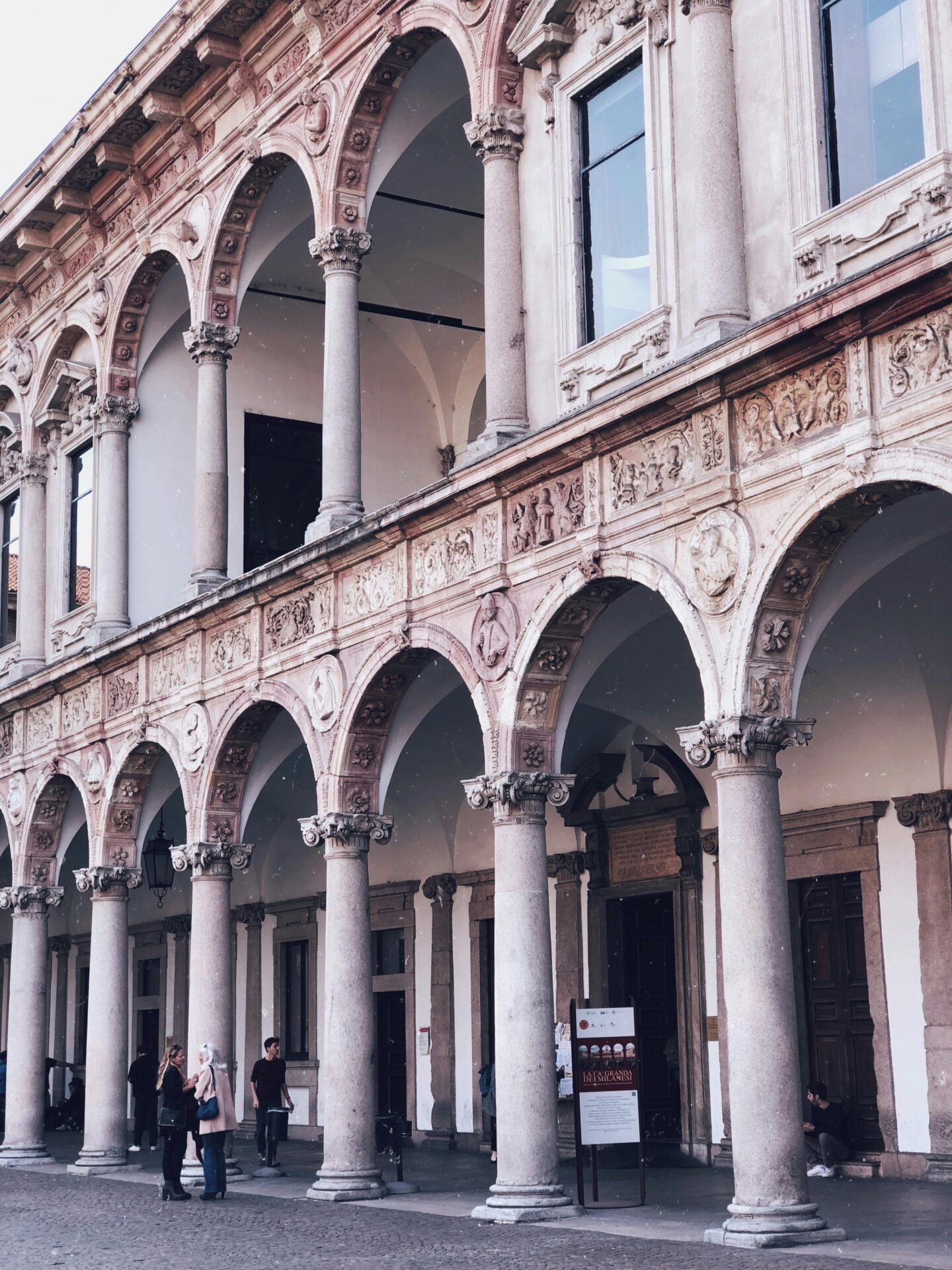
Humanists and Pioneers
The streets of Padua once bustled with humanist scholars who rediscovered classical texts and championed a new focus on human potential. I discovered that Padua became a haven for free-thinkers in the 16th century, when other European centers still restricted certain areas of study.
Francesco Petrarch, often called the “Father of Humanism,” spent his final years near Padua. His influence helped establish the city as a center for classical studies and philosophical thought.
The university received special privileges from Holy Roman Emperors, allowing it unusual independence. This freedom attracted pioneers like Andreas Vesalius, whose anatomical studies revolutionized medicine.
What fascinated me most was seeing how these historical figures shaped Padua’s character. Their progressive spirit still permeates the university, where students continue ancient traditions while embracing modern innovations.
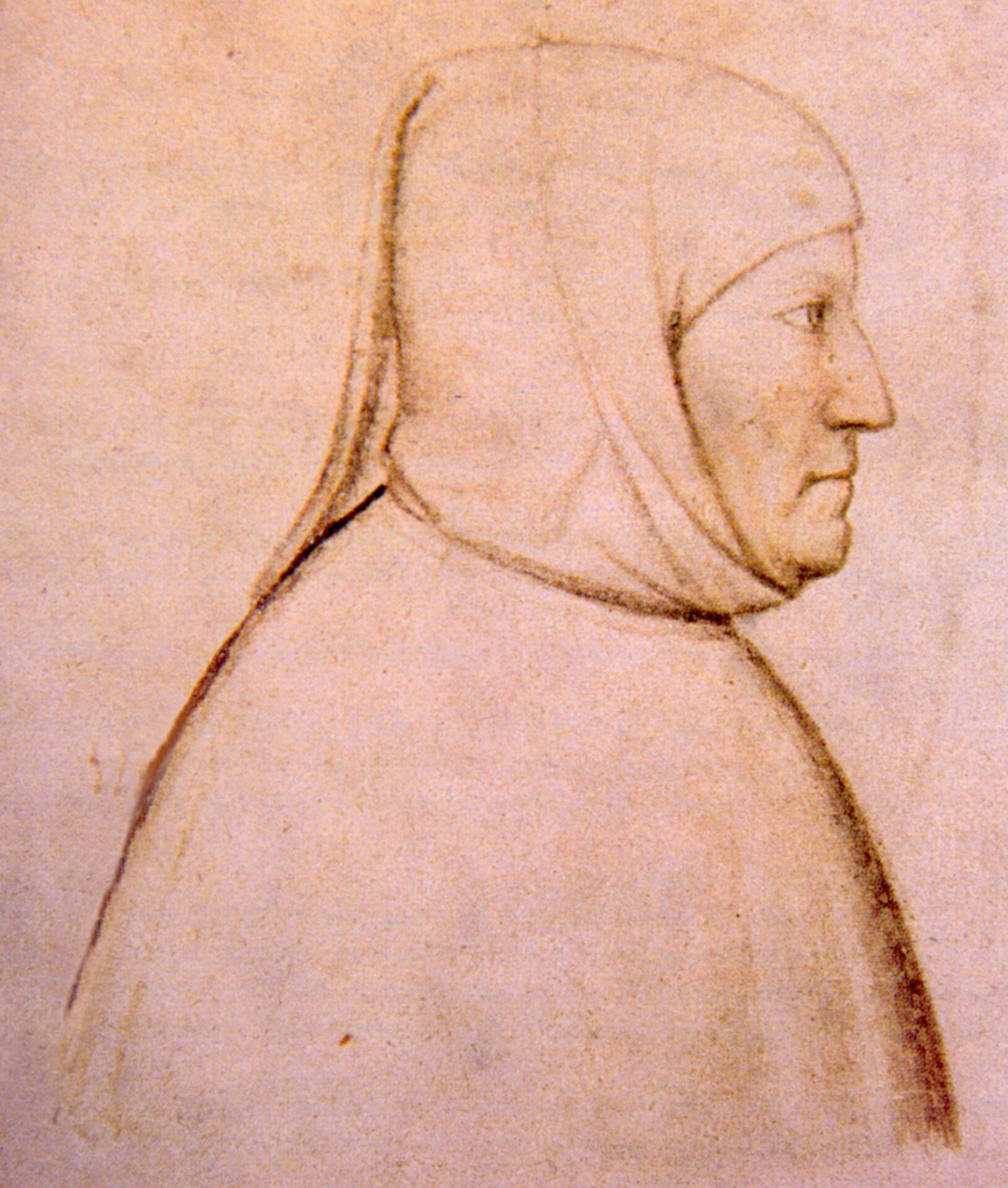
Modern Echoes of Ancient Learning
The University of Padua blends its historic foundations with cutting-edge research and vibrant student life. Today, the university maintains its prestigious reputation while embracing modern academic approaches that honor its rich intellectual heritage.
Contemporary Academia
Walking through Padua today, I’m struck by how the university’s historic buildings now house state-of-the-art facilities. With over 70,000 students filling its ancient halls, the energy here is undeniably youthful despite the institution’s 800-year history.
The medical and science programs continue the university’s long-standing excellence in these fields. While visiting, I noticed how Padua maintains connections with other historic institutions like Oxford University and the University of Bologna. This creates a network of ancient learning centers that remain relevant in modern education.
The university operates without the limitations of earlier centuries. Unlike the early universities that were simply “built of men” without formal infrastructure, today’s campus offers extensive libraries, laboratories, and digital resources.
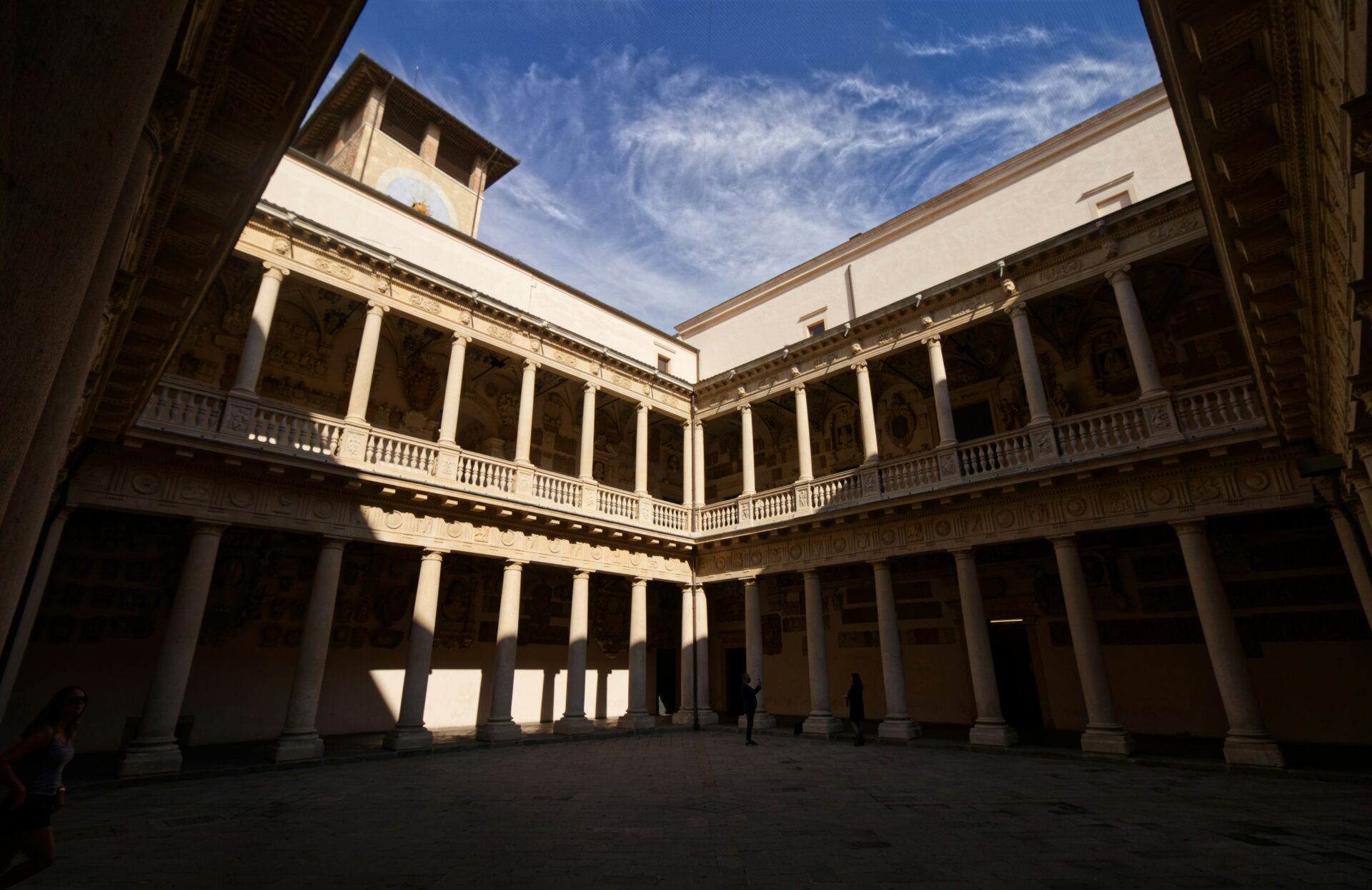
Innovations and Collaborations
Padua’s approach to innovation impressed me during my visit. The university has established research partnerships with modern powerhouses like MIT and the University of Cambridge, bridging centuries of academic tradition with contemporary scientific advances.
What fascinated me most was discovering how 20th-century design meshes with medieval architecture across campus. The university houses masterpieces of modern design within its ancient structure, creating a visual representation of how it embraces both tradition and progress.
Research initiatives at Padua focus on addressing today’s challenges while drawing on centuries of academic excellence. I found their interdisciplinary approach particularly inspiring, as it brings together experts from various fields to tackle complex global issues.
The university hosts international conferences and student exchange programs that connect Padua’s historic learning environment with global academic communities.
Exploring Padua: Beyond Academia
While the university brings intellectual energy to Padua, the city offers countless treasures beyond its scholarly reputation. I’ve discovered that Padua balances its academic heritage with vibrant cultural experiences that appeal to travelers of all interests.
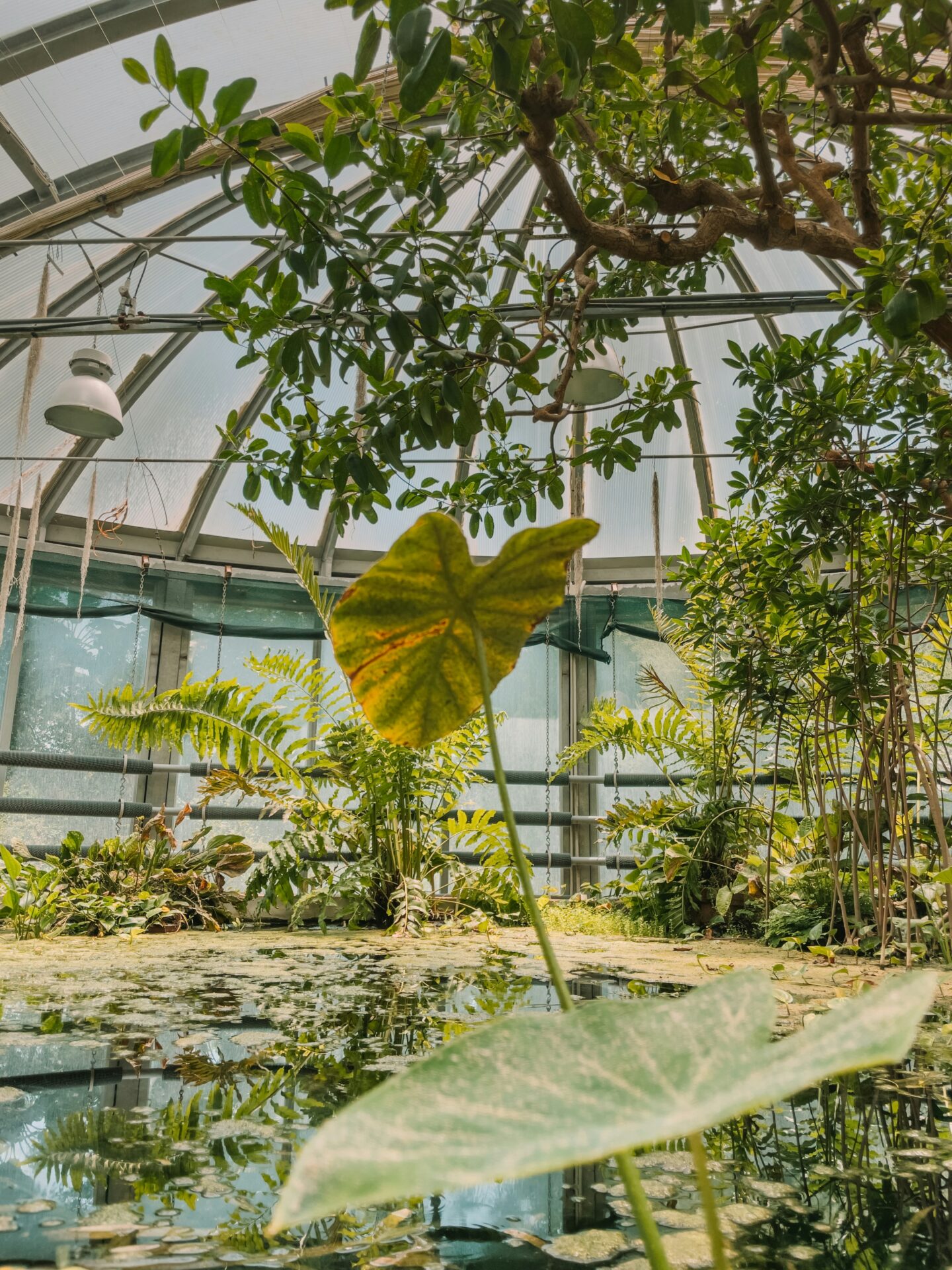
Hidden Gems for Tourists
During my visits to Padua, I’ve found several spots that many tourists overlook. Prato della Valle, an elliptical square with a canal and 78 statues, is a perfect place to relax after exploring the busier attractions. It’s one of Europe’s largest squares and truly breathtaking.
The Botanical Garden (Orto Botanico) is a UNESCO World Heritage site that I always recommend. Founded in 1545, it’s the world’s oldest academic botanical garden still in its original location.
For art lovers, the Scrovegni Chapel houses Giotto’s magnificent frescoes. I suggest booking tickets well in advance as daily visitor numbers are limited to preserve the artwork.
Padua also makes an excellent base for day trips. Venice is just 30 minutes away by train, while beautiful Verona can be reached in about an hour.
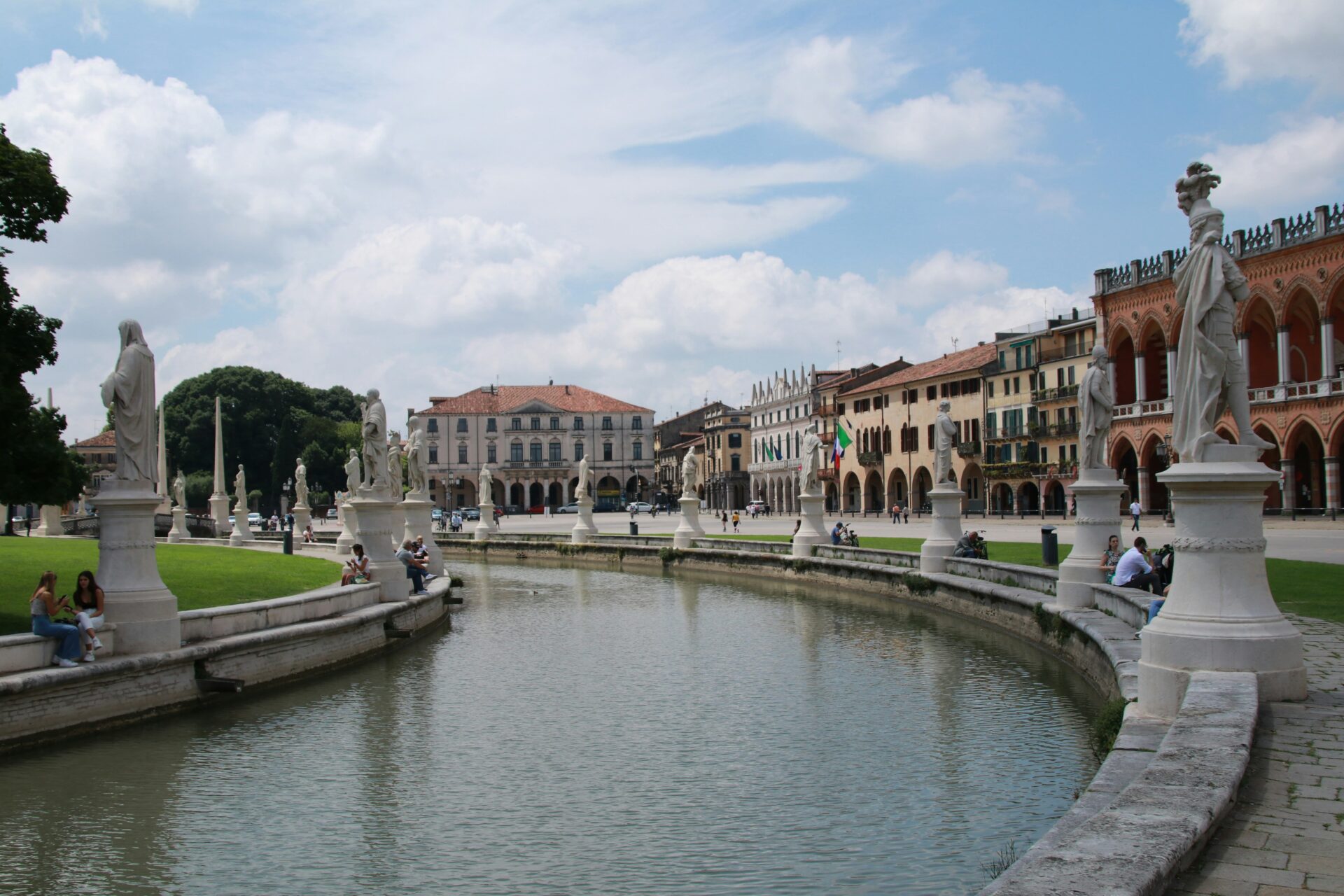
Events and Festivities
I’ve timed several of my visits to coincide with Padua’s vibrant festivals. The Saint Anthony Festival in June transforms the city with processions and celebrations honoring the city’s patron saint.
Summer brings outdoor cinema and theater performances to Padua’s historic squares. I once watched a Shakespeare play in the courtyard of a medieval building. The setting added incredible atmosphere to the performance.
The annual Sherwood Festival (June-July) features music, cultural events, and food stalls that attract locals and visitors alike. It’s a fantastic way to experience contemporary Italian culture.
Christmas markets in December create a magical atmosphere around the historic center. The festive lights casting shadows on ancient buildings create perfect photo opportunities and a unique winter experience.

